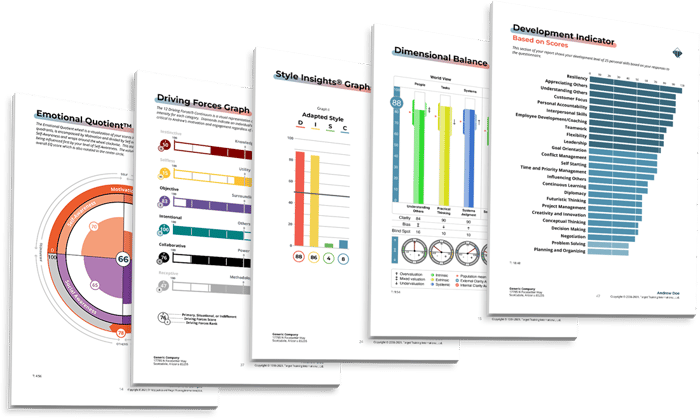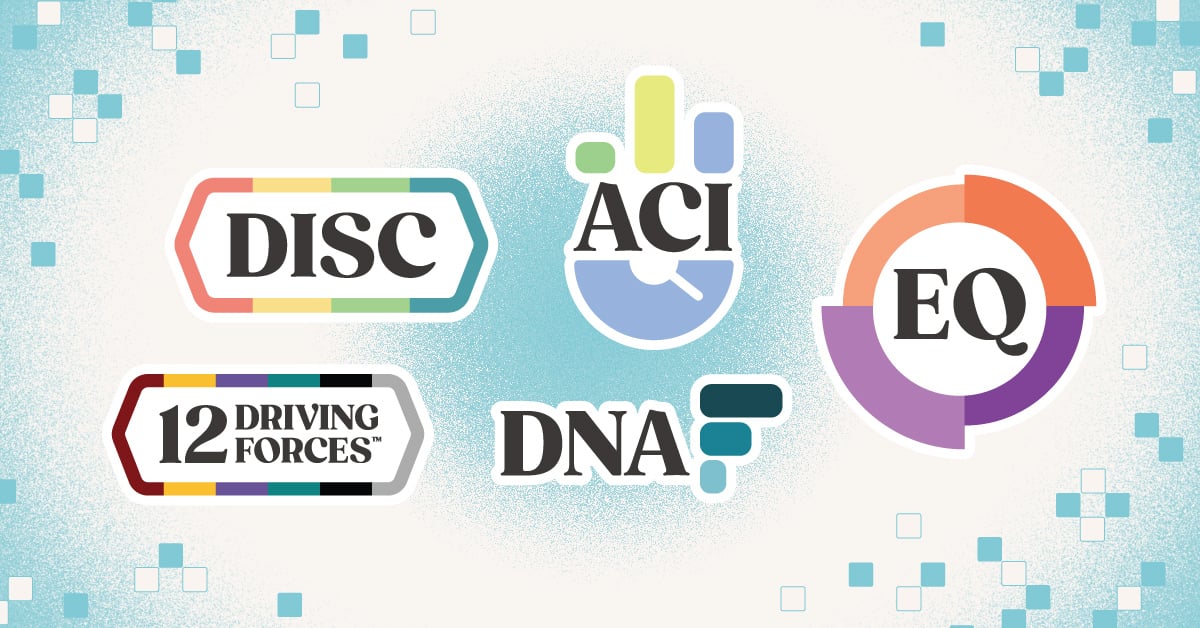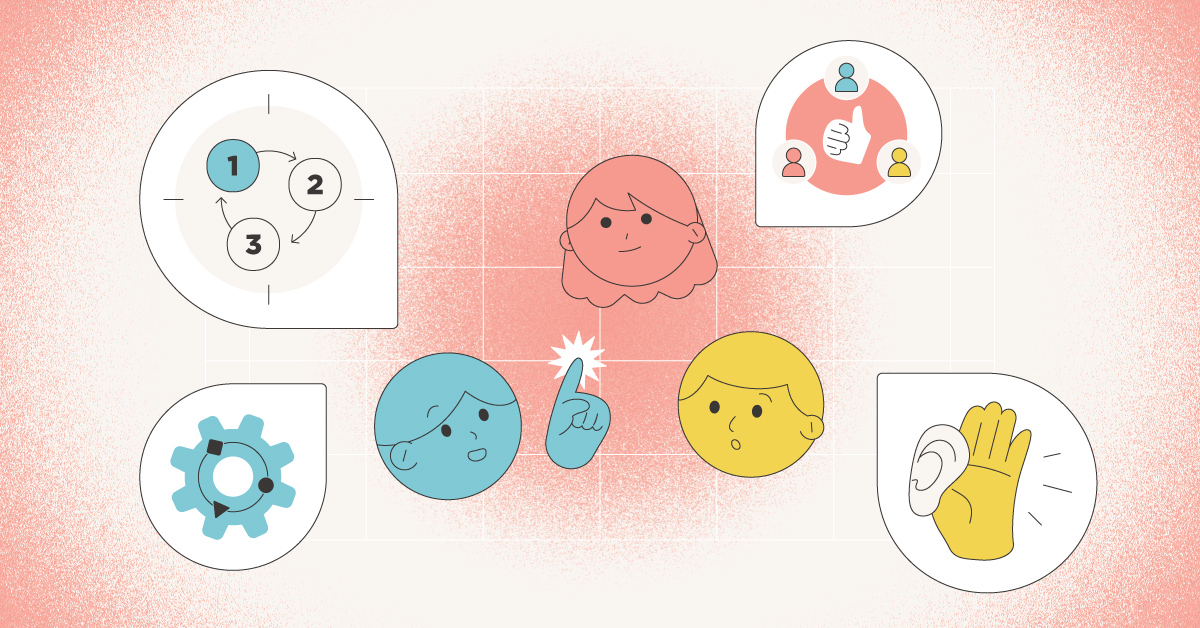
Personality assessments are an excellent tool to improve communication, employee engagement, your hiring process, and personal and professional development. Notice I said assessments, plural, not just one assessment. If you try to take a ‘one size fits all’ approach to your assessment strategy, you just won’t get the results you need.
Harness the full power of assessments for your organization with a multi-science approach. Here’s what you need to know.
What does a multi-science approach look like when using assessments?
 A multi-science approach means you use multiple assessments with the same individual to measure different aspects of their personality.
A multi-science approach means you use multiple assessments with the same individual to measure different aspects of their personality.
“Personality is complicated,” said Dustin Hebets, TTI SI’s Cognitive Behavioral Research Analyst. “The whole sum of someone’s personality is far too complex and multidimensional to be completely and accurately measured. However, assessments give us insight into specific aspects of an individual’s personality and let us measure and quantify those aspects.”
This is why you need to be wary of assessments that claim one set of questions can reveal all parts of a person. It’s a red flag if an assessment gives you a ‘type’ or says, “You’re a _____ and that won’t change.” While it’s natural for people to seek out labels to understand themselves, it isn’t helpful and causes more misunderstanding than clarity when it comes to assessments.
“Assessments give us insight into specific aspects of an individual’s personality and let us measure and quantify those aspects.”
A multi-science approach helps avoid those issues. It gives specific, segmented insights into an individual and helps reveal the many factors that make up personality.
What sciences are available at TTI Success Insights?
At TTI SI, our assessments focus on five sciences.

DISC (Behaviors)
DISC focuses on behavior, or “how you do what you do.” DISC is a universal behavioral model that goes over four separate factors: Dominance, Influence, Steadiness, and Compliance.
TTI SI measures the entire behavioral continuum, which includes the high and low scores for each factor.
12 Driving Forces (Motivators)
12 Driving Forces focuses on motivation, or “why you do what you do.” It measures the motivation (and strength) behind behaviors, using 6 different motivators.
Emotional Quotient (EQ, or Emotional Intelligence)
Emotional intelligence is the ability to sense, understand and effectively apply the power of acumen of emotions to facilitate higher levels of collaboration and productivity.
Competencies (DNA)
The Competencies assessment was created to manage and develop an individual’s career by identifying their top personal skills, based on how they score on 25 research-based skills required by any job.
Acumen (ACI)
The Acumen Capacity Index (ACI) report measures how a person thinks or processes information, based on a science called axiology.
How can I use a multi-science approach right now?
 Here are some of the most common ways that organizations are using a multi-science assessment strategy.
Here are some of the most common ways that organizations are using a multi-science assessment strategy.
Professional Development
Did you know that 70% of staff members would be at least somewhat likely to leave their current organizations and take a job with an organization that is known for investing in employee development and learning?
Actively developing employees is a win/win for individuals and organizations. It makes your organization a talent magnet, develops your internal leadership, and helps team members feel valued within the organization.
Multi-science assessments reveal strengths and weaknesses and help make the road to success clearer, for direct reports and their managers.
Hiring
Scientific-validated assessments are a smart addition to your arsenal of hiring tools. When used correctly in the hiring process, multi-science assessments can help procure the best fit for your open role.
Employee engagement hinges on a lot of factors and is more important than ever. When you actively invest in your employees’ experience in their day-to-day, they feel valued and want to become high achievers. The good news is that employee engagement is higher than ever, according to the latest research from Gallup, but the bad news is that employee burnout is also on the rise.
Luckily, assessments can address both engagement and burnout; by applying multiple sciences to increase understanding, teams can communicate better, learn how to regulate their emotions and responses to conflict, and approach work in healthy, productive ways.
Move Forward With a Multi-Science Approach
Using multiple sciences in your assessment strategy is the smartest way to get a return on your investment. Multi-science assessments increase engagement, improve hiring, develop leaders, and reveal the insights needed to unlock the human potential of your workforce.
Interested in getting started? We’re here to help. Contact the team at TTI SI to get started.




